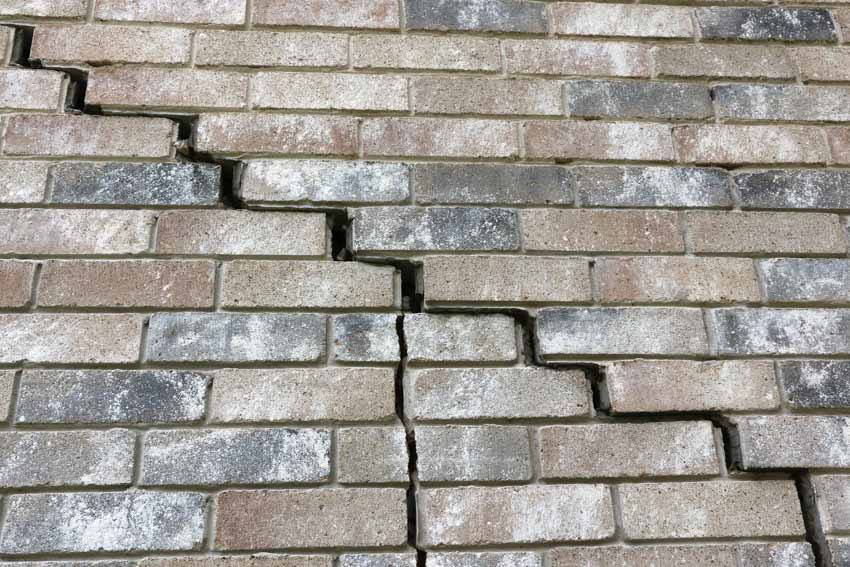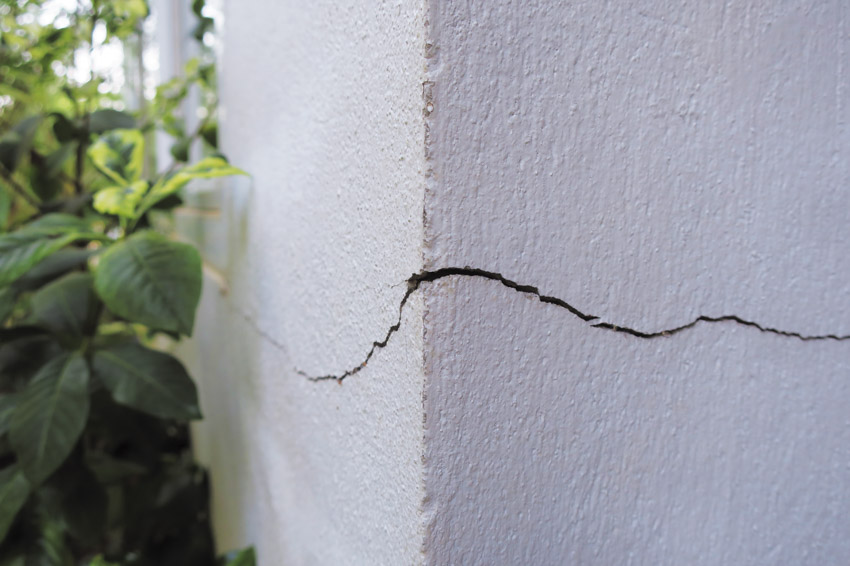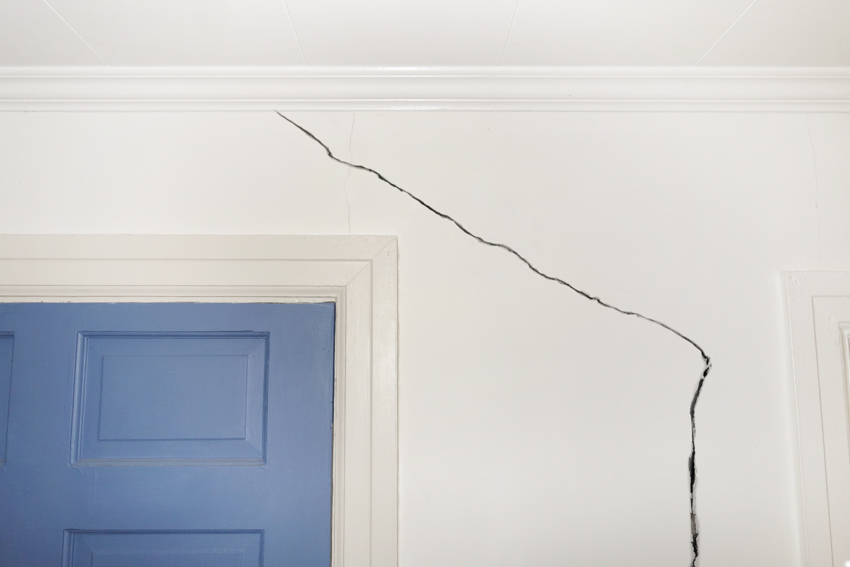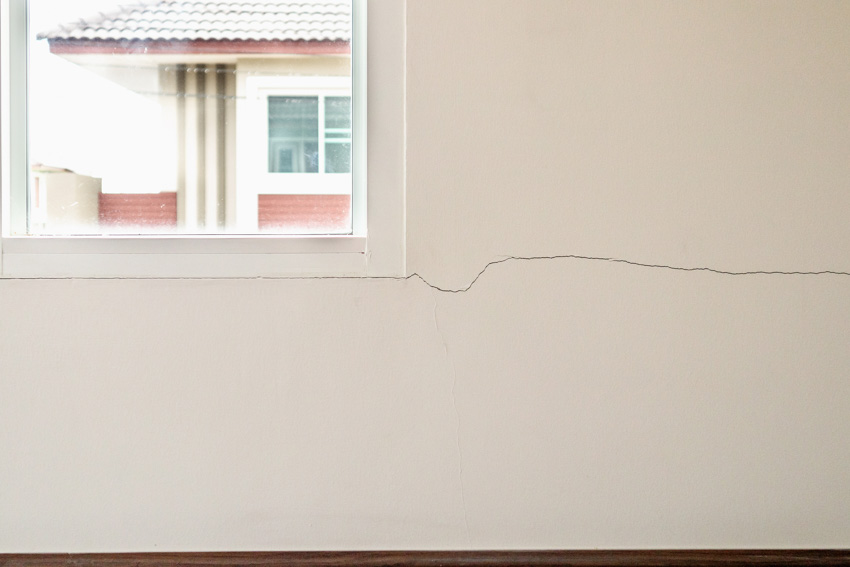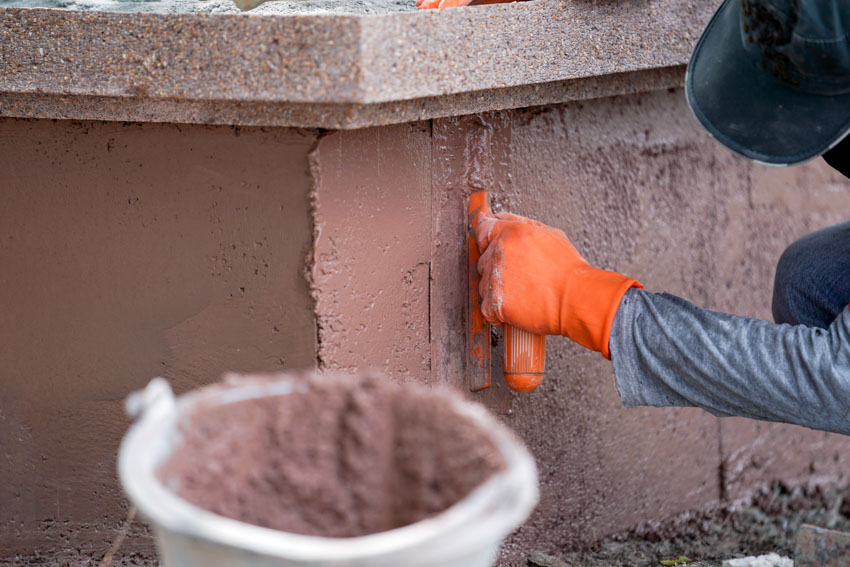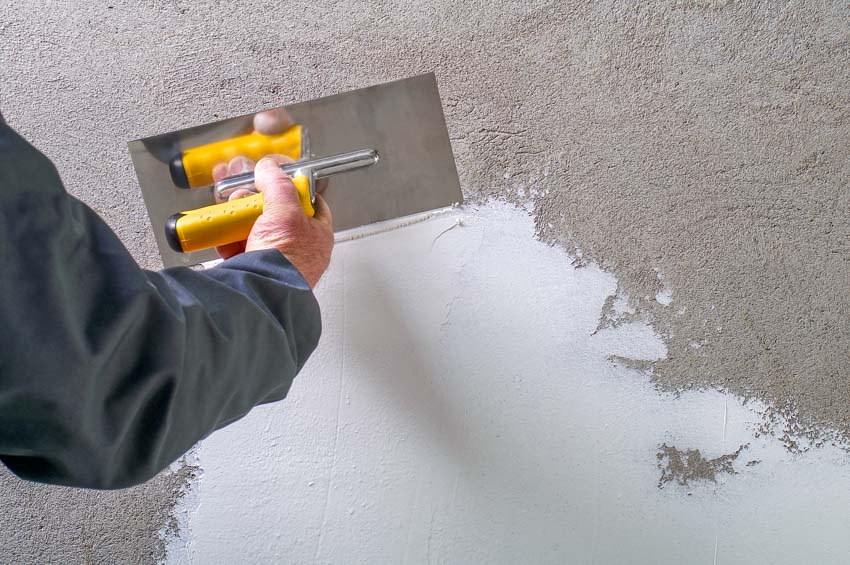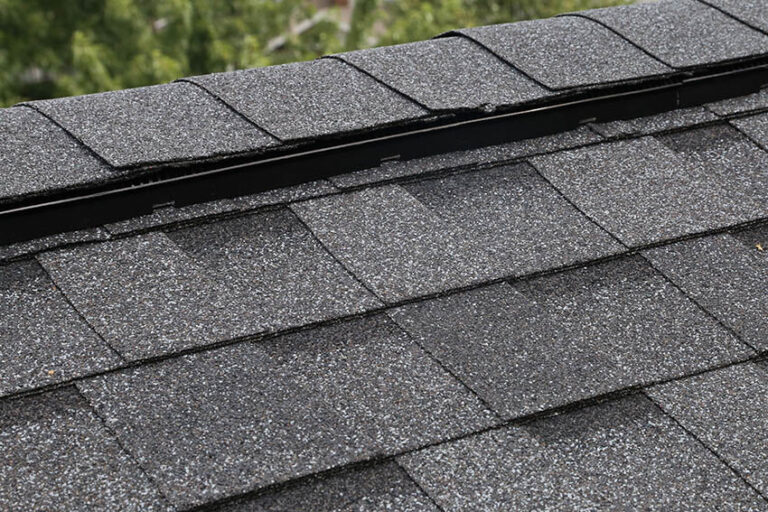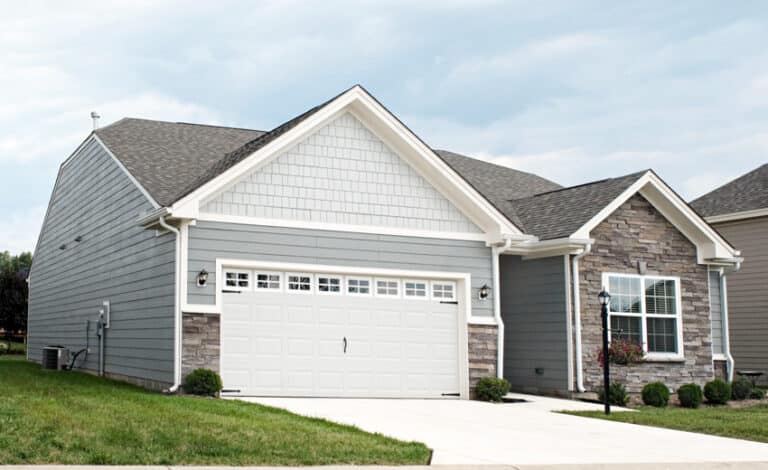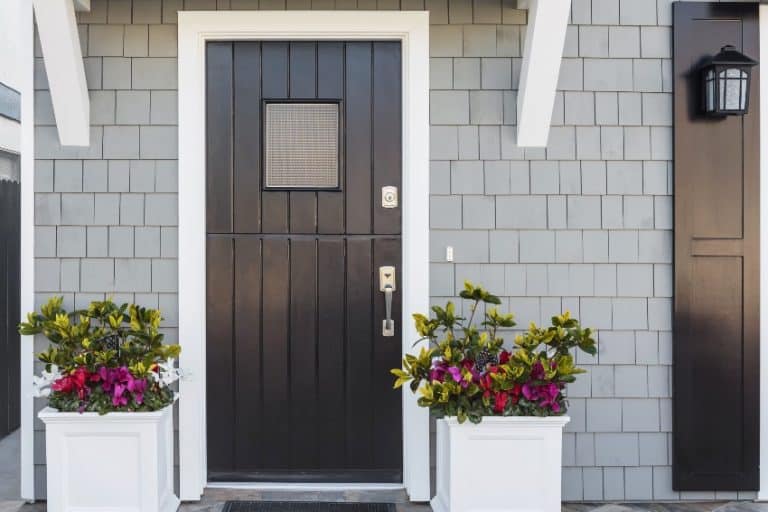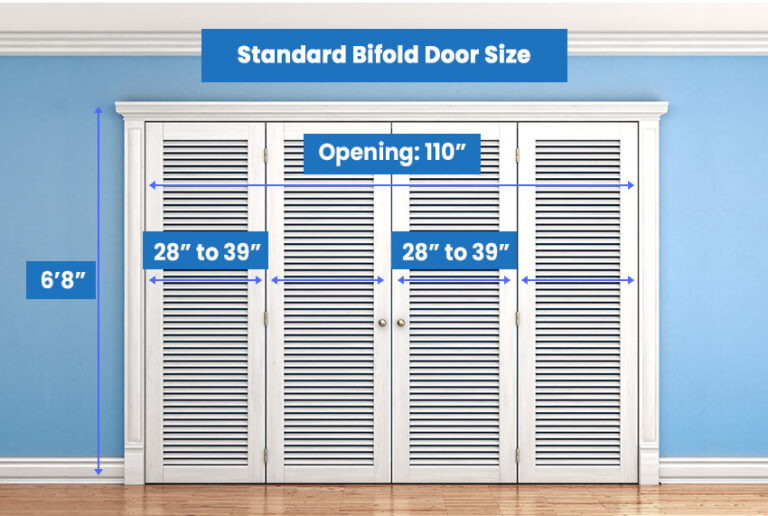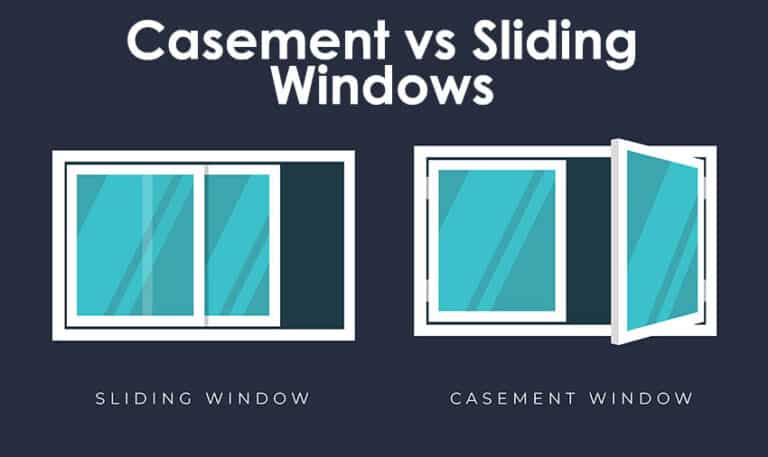House Settling vs Foundation Problems
Here we share our house settling vs foundation problems guide including what is, how much settling is normal, signs of problems, foundation cost, and repair tips.
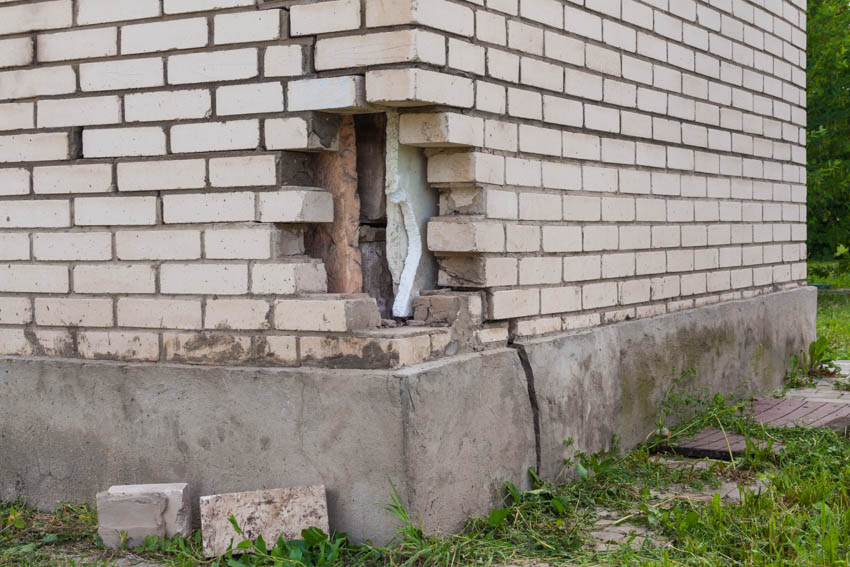
As years and decades go by, a house may start to settle. This is normally the outcome made by the earthward gravity force on the physical constructions of your house. But, that movement and settlement should happen only to a certain degree.
Yes, settling is normal and you don’t have to worry that much. But what if you notice that excessive settlement has happened to your house? Well, that could mean that you’re facing foundation problems.
So, it’s crucial to know when to contact a foundation repair professional to immediately fix your major house problems.
How can you know if the settling that’s happening in your house is only normal? Can you identify if it’s a major issue that needs to be fixed? What’s the difference between settling and foundation problems? Let’s discuss these questions in this article.
What Causes Settling on a House?
Settling is the general term that is used to classify the natural changes and adjustments that occur in the house’s foundation as years go by. The two main reasons why settling occurs are climate and time.
The lot where your house is constructed is highly affected by the composition of soil and climate. And over time, your house will slowly sink to the ground.
Expert contractors and experienced builders can normally predict when a foundation will settle, but in reality, there’s no exact information about its timetable.
If your place is in constant exposure to improper soil formation and inclement weather, your house is more likely to experience settling in just 5 years or less.
Normally, the settlement happens quickly if your house is constructed during a sunny season, and after a few weeks or months, the rainy season has already started to occur.
How Much Settling Is Normal In A House?
A few inches of house settlement isn’t a serious issue; it’s normal. The contraction and expansion of soil are impossible to control, but you won’t have to worry about that as the structure of your house will still remain in great condition.
Having cracks in your walls is normal and that usually happens 3 to 5 years after the construction of your house. If the width of the cracks in your house is only 1/16 inches, it’s quite normal. The normal lengths of the hairline cracks are typically 2 to 6 inches.
How Much Foundation Settlement is Too Much?
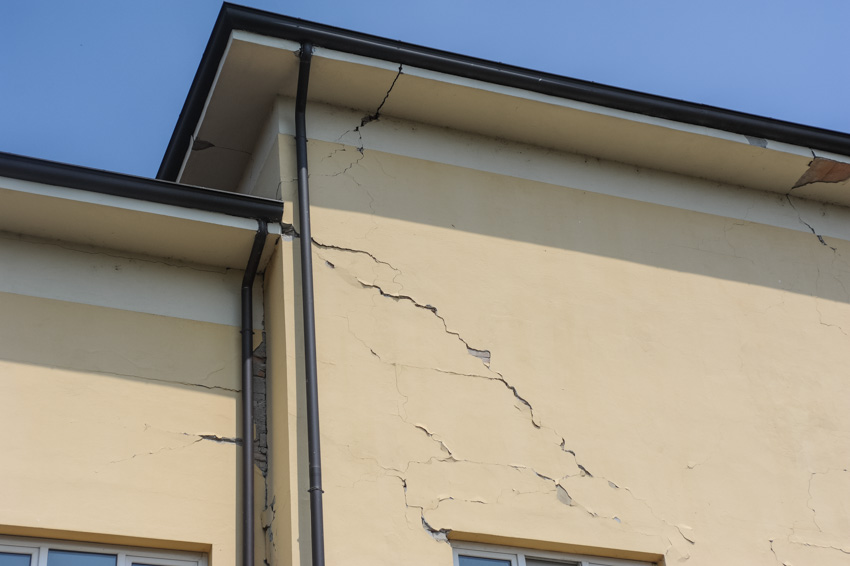
• Generally, any wall cracks that measure more than 1/16 inches in width are not considered normal. It’s a sign that your foundation settlement is too much.
• Buckling floors, tile cracks, wood floor disturbances are some of the signs that you’re having a slightly abnormal foundation settlement.
These issues may be caused by trapped moisture, insufficient drainage, plumbing leakage, or dry soil.
• You may notice that one side of your house looks higher than the other side. Or, the middle part looks so low compared to the left and right parts.
These are signs of foundation settlements that need to be scrutinized by structural engineers to provide the much-needed repair or renovation.
• Counters that have separated from your walls and cracks in most types of countertops, such as solid surface variants, are a sign of a major foundation problem. Call a foundation repair professional to inspect them immediately.
What Are the Signs of a Settling?
• Wall and ceiling cracks are some of the most common signs that your house is settling.
• If your door becomes hard to open and close and starts to stick to your floors, it’s a sign that your house is settling.
• Your interior flooring becomes uneven.
• The pipes underneath your flooring start to twist and burst. However, this sign can also be detected if you will conduct a pipe inspection.
• Moisture is detected on the walls of your basement.
• The cabinets and counters start to separate from your walls.
Difference Between Settling and Foundation Problems
A house settling is very common to the majority of houses. Normally, it does not require immediate professional repairs.
It is used to describe the natural adjustments and changes that occur in your house foundation over time. Just like what we stated earlier, climate and time are the two main reasons why house settling happens.
Foundation problems, on the other hand, are caused by excessive or severe foundation settling. These major issues can negatively affect the stability of your house. You have to contact an expert right away if there are signs of major foundation problems.
There are two categories under foundation problems – foundation expansion and foundation shrinkage.
Foundation expansion is usually seen on houses that use bricks as their construction material. Bricks are absorbent and they expand because the moisture tends to build up underneath the ground.
Foundation shrinkage refers to the natural shrinking of concrete foundations. If you’re seeing gaps between the slab edges and foundation walls, that means you’re seeing a foundation shrinkage.
This issue can lead to severe wall cracks, gaps in most roof types, sticking doors, and moisture in the basement.
Cost to Fix a Settling Foundation
Here are the common costs of repairing a settling foundation per category:
• Severe cracks: ranges from $250 to $800 per crack
• Leaks: ranges from $2,000 to $5,000
• Foundation settling or sinking: the common cost of each pier is around $1,300 to $1,500
• Basement walls that became bowed: $5,000 to $15,000
How to Fix Settling On a House
Every type of house settling, crack, or any foundation issue, mild or major, is best to be thoroughly inspected by a professional to give the most proper and needed solution for your house. However, these are the most common steps of fixing house settling:
• Install floor supports
• Install new beams for additional support (if you have no beams yet)
• If your beams are old and deteriorating, replace them with new ones.
• If your beams only have minor issues such as small cracks or dents, reinforce them
• Add supplementary strength to your floors using the process of joist sistering
• Reinforce your foundation by repairing your cracked exterior footing with push piers
• If the floors are severely damaged, they should be repaired. If repairing won’t solve it, total floor removal and replacement might be needed.
• Control the moisture; keep everything dry
Thanks to these tips, you can know the difference between house settling vs foundation problems and take appropriate action afterward.
See more related content in our article about the different types of ceiling cracks on this page.

